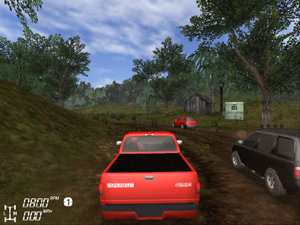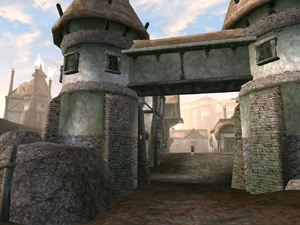
 |

|
| ActiveWin: Reviews | Active Network | New Reviews | Old Reviews | Interviews |Mailing List | Forums |
|
|
|
|
|
DirectX |
|
ActiveMac |
|
Downloads |
|
Forums |
|
Interviews |
|
News |
|
MS Games & Hardware |
|
Reviews |
|
Support Center |
|
Windows 2000 |
|
Windows Me |
|
Windows Server 2003 |
|
Windows Vista |
|
Windows XP |
|
|
|
|
|
|
|
News Centers |
|
Windows/Microsoft |
|
DVD |
|
Apple/Mac |
|
Xbox |
|
News Search |
|
|
|
|
|
|
|
ActiveXBox |
|
Xbox News |
|
Box Shots |
|
Inside The Xbox |
|
Released Titles |
|
Announced Titles |
|
Screenshots/Videos |
|
History Of The Xbox |
|
Links |
|
Forum |
|
FAQ |
|
|
|
|
|
|
|
Windows XP |
|
Introduction |
|
System Requirements |
|
Home Features |
|
Pro Features |
|
Upgrade Checklists |
|
History |
|
FAQ |
|
Links |
|
TopTechTips |
|
|
|
|
|
|
|
FAQ's |
|
Windows Vista |
|
Windows 98/98 SE |
|
Windows 2000 |
|
Windows Me |
|
Windows Server 2002 |
|
Windows "Whistler" XP |
|
Windows CE |
|
Internet Explorer 6 |
|
Internet Explorer 5 |
|
Xbox |
|
Xbox 360 |
|
DirectX |
|
DVD's |
|
|
|
|
|
|
|
TopTechTips |
|
Registry Tips |
|
Windows 95/98 |
|
Windows 2000 |
|
Internet Explorer 5 |
|
Program Tips |
|
Easter Eggs |
|
Hardware |
|
DVD |
|
|
|
|
|
|
|
ActiveDVD |
|
DVD News |
|
DVD Forum |
|
Glossary |
|
Tips |
|
Articles |
|
Reviews |
|
News Archive |
|
Links |
|
Drivers |
|
|
|
|
|
|
|
Latest Reviews |
|
Xbox/Games |
|
Fallout 3 |
|
|
|
Applications |
|
Windows Server 2008 R2 |
|
Windows 7 |
|
|
|
Hardware |
|
iPod Touch 32GB |
|
|
|
|
|
|
|
Latest Interviews |
|
Steve Ballmer |
|
Jim Allchin |
|
|
|
|
|
|
|
Site News/Info |
|
About This Site |
|
Affiliates |
|
Contact Us |
|
Default Home Page |
|
Link To Us |
|
Links |
|
News Archive |
|
Site Search |
|
Awards |
|
|
|
|
|
|
|
Credits |

|
Product: GeForce 4 Ti 4600 Company: NVIDIA Website: http://www.nvidia.com Estimated Street Price: $399.99 Review By: Julien Jay |
Accuview AntiAliasing
| Table Of Contents |
| 1:
Introduction 2: GeForce4 Ti 4600 Technology Explanation 3: GeForce 4 Ti 4600 Technology Explanation 2 4: GeForce 4 Ti 4600 Technology Explanation 3 5: nView 6: Direct 3D Benchmarks 7: OpenGL Benchmarks 8: Conclusion |
Rendering

Original 2x and Quicunx AA
Sampling Patterns
The brand
new FSAA

GeForce 4 Ti 4600 Accuview
Shifted AA Sampling Patterns
With
OpenGL applications, the FSAA
DVD
 Well there’s nothing special to say here except that the DVD support brought
by the Geforce
Well there’s nothing special to say here except that the DVD support brought
by the Geforce
- High Definition Video Processor (full screen, full frame playback)
- Sub-Pixel Alpha Blending / Composition
- Hardware Scaling (up and down)
I regret
to see that NVIDIA didn’t make any efforts on this point since ATI graphics
cards have come with real MPEG

nVidia NVDVD Coming Soon
(click to enlarge)
Games
Below are shots of various recent games that already take advantages of the GeForce 4 Ti 4600 architecture and its nFinite FX II engine to create stunning scenes and characters.


Recent Games Taking Advantage
of the GeForce 4 Ti 4600: Medal Of Honor, Comanche 4, 4x4 Evo 2, Morrowind
(click to enlarge)


